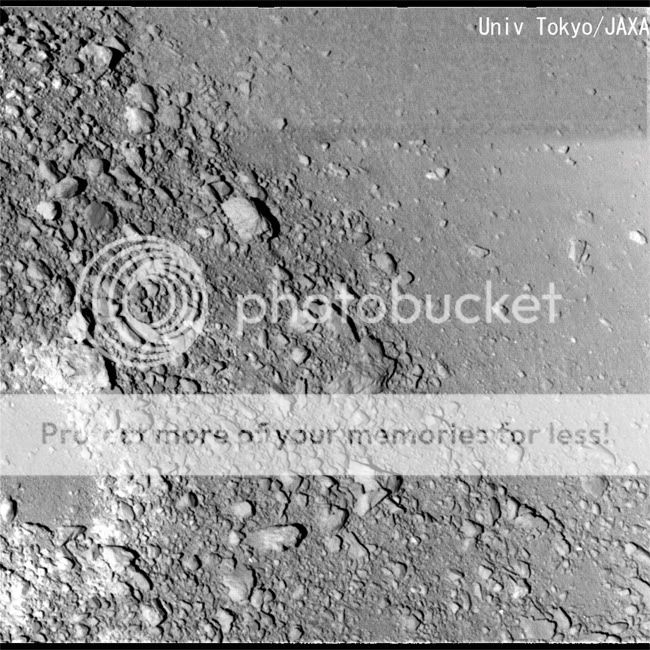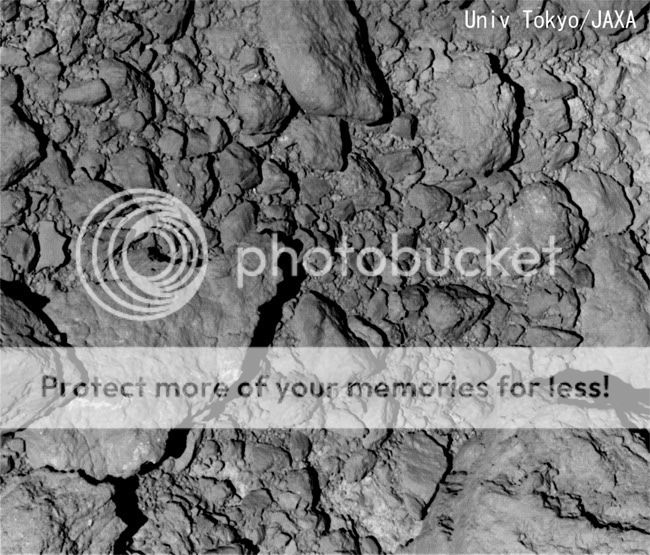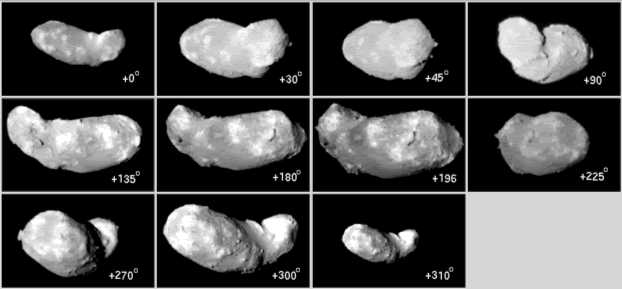M
MeteorWayne
Guest
http://www.space.com/scienceastronomy/e ... 00120.html
Asteroids may want to think twice before they swing too close to Earth. A new study has found that our planet's gravity can cause seismic tremors, or asteroid-quakes, if the space rocks stray too close.
This process could explain why many space rocks orbiting nearby appear pristine, as if they were covered in a new and clean surface, researchers said...
The researchers observed 95 asteroids in the vicinity of our planet, called near-Earth asteroids (NEAs). They used a process called spectroscopy to determine their colors, to see if they were weathered or fresh, and then combined this data with measurements of the NEAs' orbital histories.
Of the 20 fresh, pristine-looking asteroids in their sample, each had traveled close to Earth — within the distance from the Earth to the moon — in the past 500,000 years.
"So we put two and two together and found that asteroids that come very close to the Earth have very fresh undamaged surfaces, and so something about coming close must have resurfaced them," Binzel said. "The simplest explanation is that the bodies got shaken up as they came close."
The scientists detail their results in the Jan. 21 issue of the journal Nature.
Asteroids may want to think twice before they swing too close to Earth. A new study has found that our planet's gravity can cause seismic tremors, or asteroid-quakes, if the space rocks stray too close.
This process could explain why many space rocks orbiting nearby appear pristine, as if they were covered in a new and clean surface, researchers said...
The researchers observed 95 asteroids in the vicinity of our planet, called near-Earth asteroids (NEAs). They used a process called spectroscopy to determine their colors, to see if they were weathered or fresh, and then combined this data with measurements of the NEAs' orbital histories.
Of the 20 fresh, pristine-looking asteroids in their sample, each had traveled close to Earth — within the distance from the Earth to the moon — in the past 500,000 years.
"So we put two and two together and found that asteroids that come very close to the Earth have very fresh undamaged surfaces, and so something about coming close must have resurfaced them," Binzel said. "The simplest explanation is that the bodies got shaken up as they came close."
The scientists detail their results in the Jan. 21 issue of the journal Nature.






